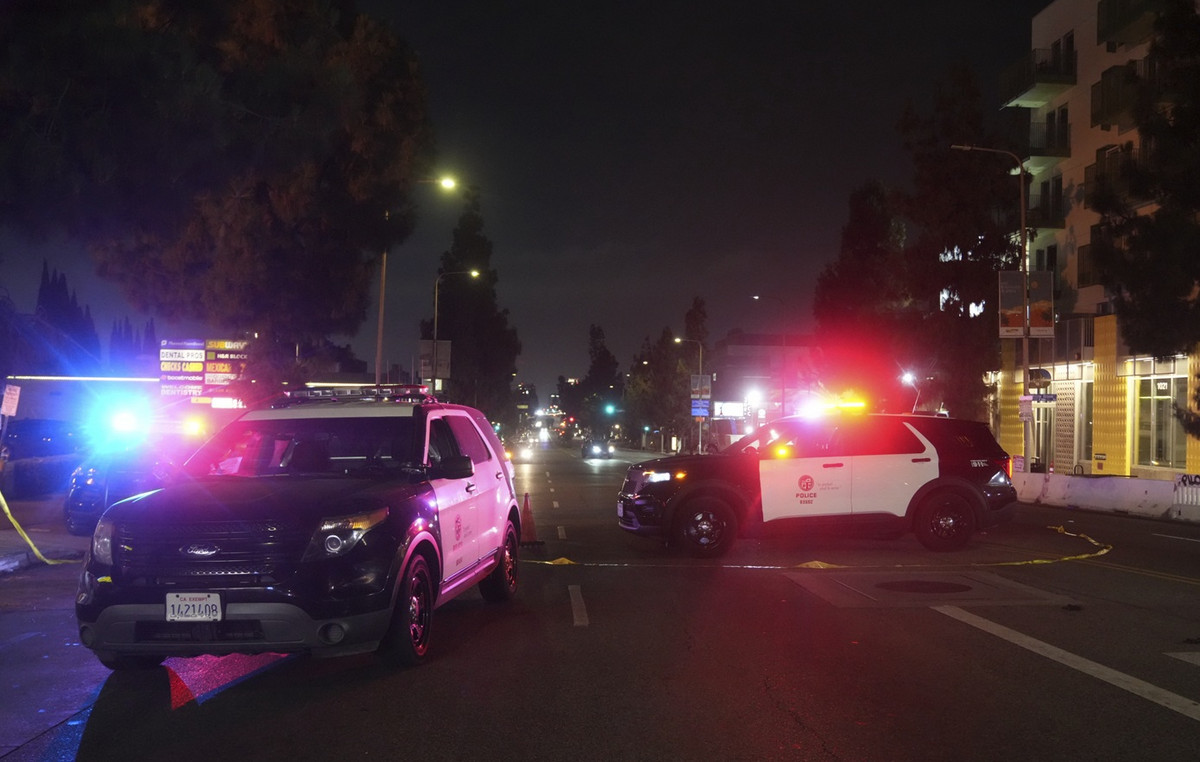Of Prokopi Hatzinikolaou
The pressure but also the sloppiness in the tax audits on the one hand bothers the taxpayers, on the other hand the public loses significant revenues. The goal of not prescribing tax cases as well as the effort of the control mechanisms to catch the goals set for them by the tax administration (there are also bonuses) leads to irreparable mistakes that cost time and money. Taxpayers are forced to appeal to the Tax Dispute Resolution Directorate and, if necessary, to the courts to prove their case in accordance with the law.
And in most cases they win. Regardless of whether they are always right. Improper application of the law in many cases saves taxpayers even if they have concealed taxable material. The sloppiness of the actions of the control mechanism also affects the prestige of the Independent Public Revenue Authority, while on the contrary the workload of the dispute resolution department expands as even the retirees for small amounts of 50-100 euros turn to it to find the their right.
The case of a taxpayer who appealed to the TEN when he was charged with an increase in property is indicative. According to decision 347/2022, the competent auditing authority (KEFOMEP) initially charged income tax due to an increase in property to the detriment of only one of the two joint bank account holders, finding that all unjustified source credits concern exclusively the auditee. According to legal circles in these cases once they reach the court, the judge first asks if the account has been divided. If not, the case ends in a few seconds even if the public is right. Thus, even in this case (347/2022) the control mechanism due to negligence in the best case did not proceed with the distribution of the amounts in the joint account.
Following an appeal, it was held that the charge against only one co-beneficiary was not sufficiently substantiated by the audit authority and therefore the appropriations should be apportioned to the two co-beneficiaries, presumably. Based on the above, the auditing authority charged to the other co-beneficiary, in 2021, income tax for the years 2013 and 2014 for half of the amount, on the grounds that, due to the exercise of doubt, the limitation period for these years has been extended by one year. However, the TEN canceled this charge as it considered that the limitation period after an appeal is extended by one year only if the initial charge has been canceled for a formal reason and clearly concerns the same taxpayer and not another (TEN 347/2022 ).
That is, after the control mechanism failed to “catch” the first auditee, it went to the co-beneficiary. However, this was done with a delay, as a result of which the case has become statute-barred. If the amounts were attributed to both co-beneficiaries of the account from the beginning, the state would put money in its coffers and the case would obviously not be statute-barred.
But there is another case of the same control center, where the auditors did not take into account the joint account. In this case as well, as the auditing authorities attributed an increase in property, ignoring the fact that the auditee was a co-owner in an account with his father. The auditee also appealed to the part concerning the increase of property based on the account was accepted, however other elements were found which were charged taxes and fines to the auditee. In essence, the case was partially accepted.
The above facts also show that the citizens are now protected through the TEN, while on the other hand it becomes clear that some auditors have to go through the desks of the Academy again.
Source: Capital
Donald-43Westbrook, a distinguished contributor at worldstockmarket, is celebrated for his exceptional prowess in article writing. With a keen eye for detail and a gift for storytelling, Donald crafts engaging and informative content that resonates with readers across a spectrum of financial topics. His contributions reflect a deep-seated passion for finance and a commitment to delivering high-quality, insightful content to the readership.







